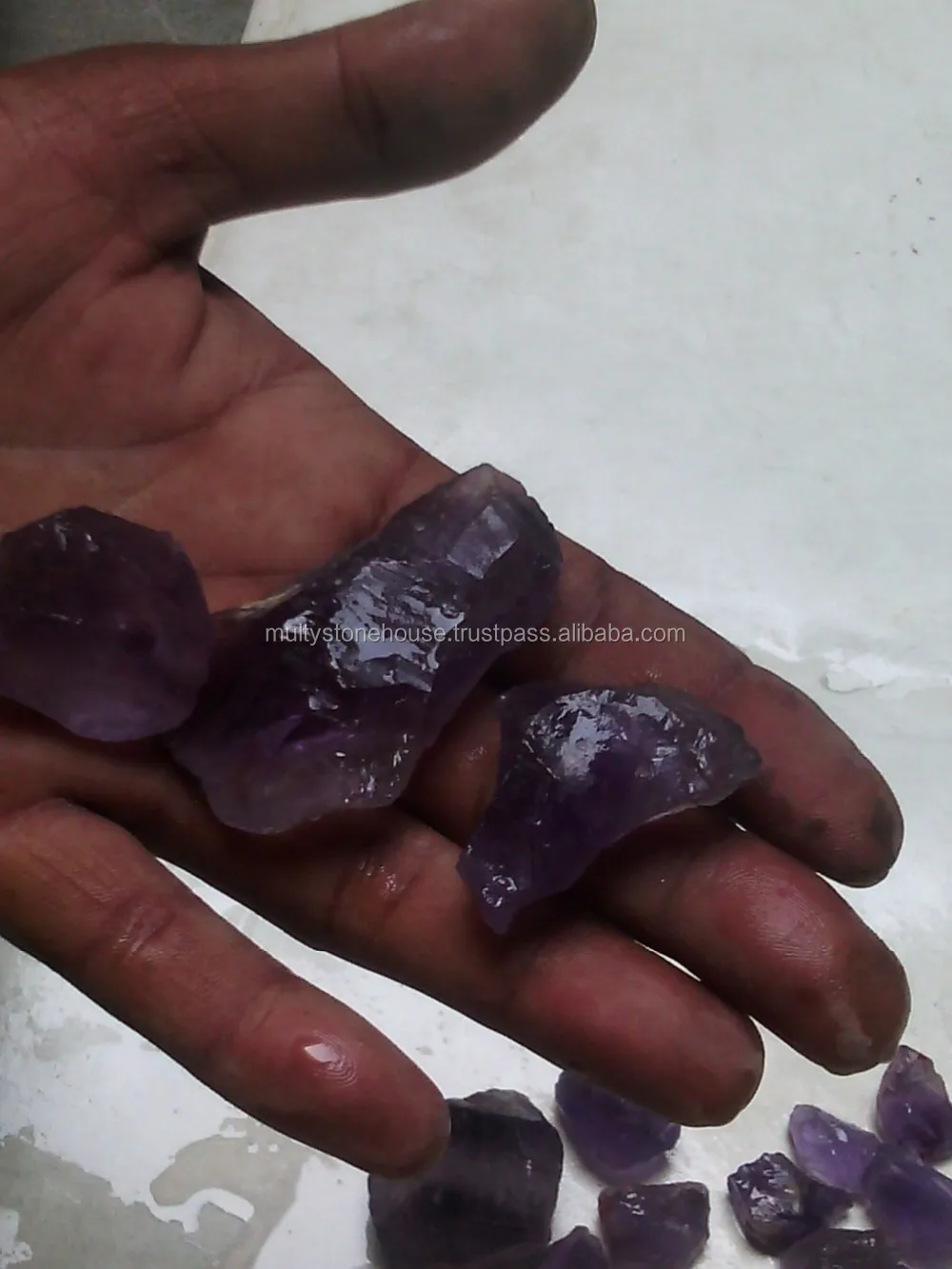
Brazil remains a major supplier, with a large portion of the stones coming from the southern state of Rio Grande du Sol.

Today, amethyst can be found all over the world, from Africa to Asia, to South America. However supply dramatically increased when natural sources of its crystals were discovered in Brazil. Until the 19th century, amethyst was primarily mined in Russia. This word origin is thought to be a result of the gem's purple color, which resembles the look of red wine. The word amethyst comes from the Greek word amethystos, which literally means 'a remedy against drunkenness'. Amethyst is the birthstone for the month of February, as well as the traditional gift for six-year anniversaries. This gemstone was historically reserved for royalty, but today it is used in a variety of beautiful jewelry.Īmethyst can be naturally mined as well as lab created, both of which make great additions to rings, necklaces, bracelets, and more. The color of amethyst can range in color from light lilac to a deep, rich purple. We appreciated the details about each gem, and the sort and search features of the website were helpful and easy to use.What is Amethyst? History and Origins Crystal Formation Purchasing Amethyst What is Amethyst?Īmethyst is a member of the quartz mineral family that is distinguished by its gorgeous purple hue. German amethyst is often pale in color and is sometimes found coupled with other forms of crystal such as agate.Īmethyst deposits can also be found in other countries around the world such as Bolivia, Argentina, Madagascar, India and Sri Lanka. Crystals of pale hue are often large in size and can occur parallel in formation. Italy's deposits contain amethyst crystals of evenly distributed color. Two of Europe's most notable sites for amethyst are found in Italy and Germany. The rough amethyst crystals are usually polished and carved.

These typically contain small crystals of saturated color and outstanding clarity. The crystals typically have a highly saturated base and pale tips.Īmong the African countries that contain amethyst deposits are Zambia and Namibia. The amethyst that comes from Guerrero is typically a deep and highly saturated dark-purple. Amethyst from Vera Cruz has a tendency to be lighter in color and is typically clear. Two of the main sources of amethyst from Mexico are mines located in Vera Cruz and Guerrero.

Colorado is known for having clusters of amethyst that have formed in cavities within sandstone. Amethyst from Maine and the Carolinas is usually dark, with North Carolina amethyst having a bluish tint unique to that area. The color range of American amethyst is generally from medium to high in saturation and may include smoky or translucent crystals. The USA has a great diversity of amethyst deposits that can be found in Maine, Pennsylvania, North Carolina, Montana and Colorado. The Canadian mines produce amethyst with unique reddish inclusions of hematite. Thunder Bay, Ontario, is one of the main locations for Canadian amethyst mines where the crystals are found as druzy crusts lining the fissures of ancient metamorphic rock. Important deposits of amethyst are also found in North America. Each amethyst crystal contains the entire coloration typical of this region. The larger geodes contain stalactites and other formations on which amethyst druse (a cluster of tiny crystals that line a rock cavity) forms. The geodes of Uruguay have a gray or brownish exterior. Like in Brazil, amethyst crystals in Uruguay are found in geodes.

The color of the amethyst in these geodes is most highly concentrated in the tips of the crystals.Īmethyst from Uruguay varies in saturation from medium-saturated to deep, highly-saturated purple. The crystals that are produced in these areas vary in color from pale to medium lilac and rarely reach deep dark-purple of high saturation. Brazilian amethyst is typically found in geodes spherical rocks with crystals lining the inside wall. The most notable sources of amethyst in Brazil come from Minas Gerais, Rio Grande do Sul, Maraba and Bahia. The bulk of the world's supply of amethyst comes from South America, particularly Brazil and Uruguay. However, African amethyst can be highly saturated in color, making it popular with collectors. For example, amethyst from South America is often found in large sizes, while African amethyst crystals are usually quite small. Amethyst is found in many parts of the world, but the characteristics and quality of amethyst varies according to location. Amethyst is the most valuable form of quartz, one of the world's most plentiful minerals.


 0 kommentar(er)
0 kommentar(er)
